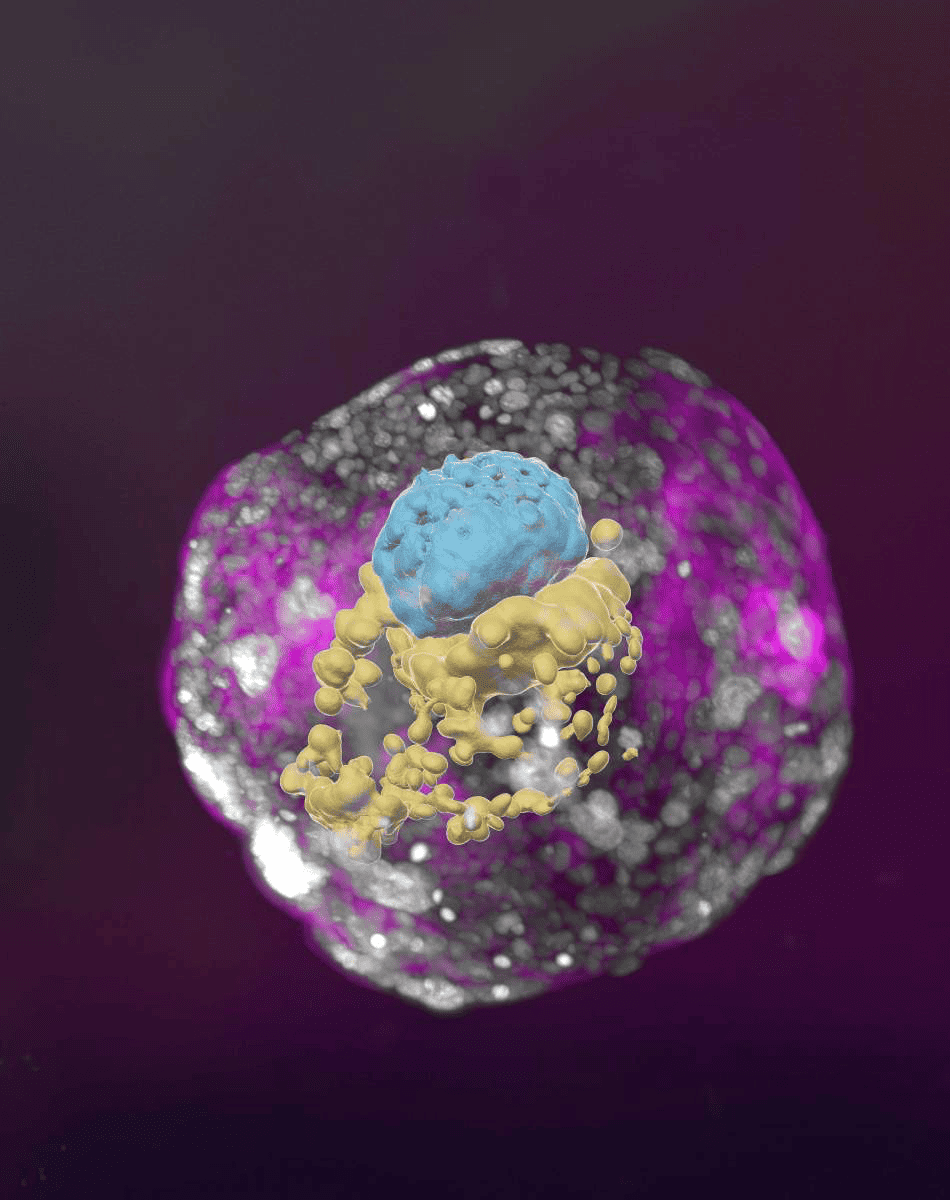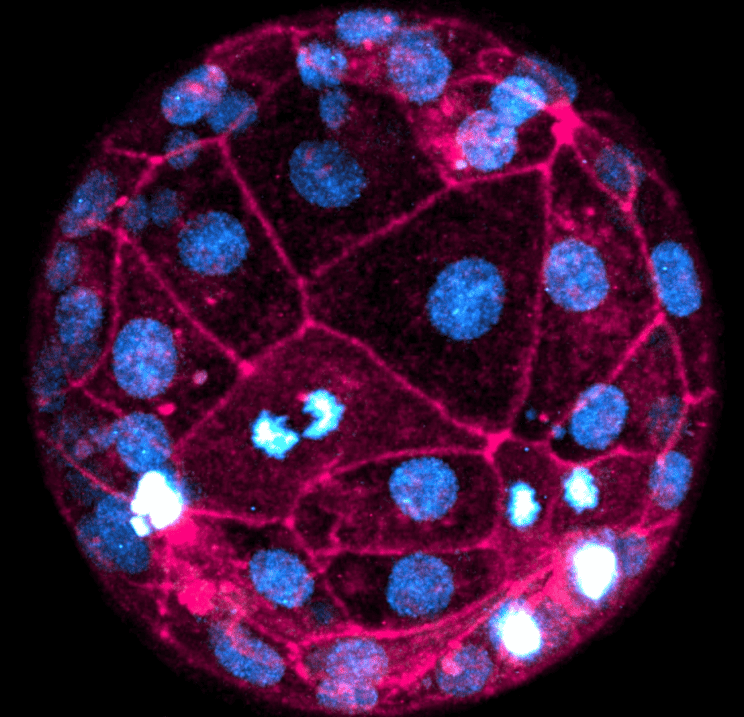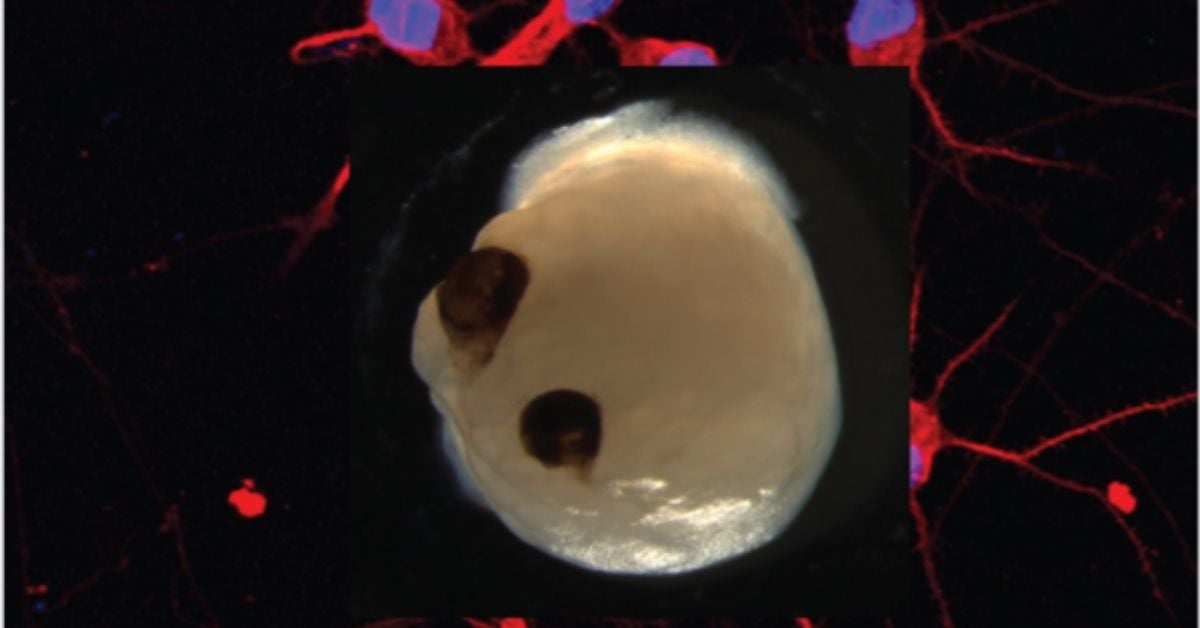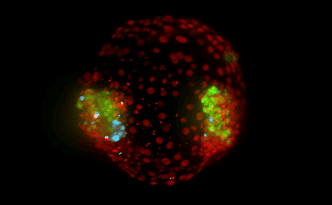
Scientists from Israel’s Weizmann Institute of Science have made an unprecedented breakthrough in embryonic studies, successfully growing a complete human embryo model from stem cells. The synthetic embryos, developed without the use of sperm or egg, closely mimic the developmental stages of a real human embryo up to day 14. The models include all necessary structures and compartments, such as the placenta, yolk sac, and chorionic sac.
- Scientists successfully grew a complete human embryo model from stem cells.
- They have grown complete models of human embryos without needing sperm or egg.
- Researchers believe their embryo models will help address questions about embryonic growth.
A historic milestone in embryonic studies
Under the guidance of Prof. Jacob Hanna, the team at the Weizmann Institute of Science has achieved a historic milestone. They have successfully grown complete models of human embryos using stem cells cultured in the lab, without the need for sperm or egg. These synthetic embryo models resemble the structures and compartments of a natural human embryo up to the 14th day of development. This is a significant leap from previous attempts to create embryo models, which fell short of accurately representing the complexities of a post-implantation embryo.
Prof. Hanna’s team used pluripotent stem cells, which can differentiate into various cell types, to create the embryo models. By reprogramming these cells to an earlier state known as the naïve state, they could mimic the developmental stage of a natural human embryo. The cells were then divided into three groups, each intended to differentiate into specific tissue types needed to sustain the embryo.
A new window into early development
Under optimized conditions, the cells self-organized into complete embryo-like structures known as SEMs (stem cell-based embryo-like structures). These SEMs developed normally outside the womb for eight days, equivalent to day 14 in human embryonic development. Comparisons with classical embryology atlases revealed a striking resemblance between the inner organization of the models and natural human embryos at the corresponding stage. Remarkably, even the cells responsible for pregnancy testing were present and active in the models.
These models offer an ethical and accessible way to study the early stages of embryonic development, which are crucial but difficult to study due to ethical and technical reasons. Prof. Hanna explains, “Our stem cell-derived human embryo model offers an ethical and accessible way of peering into this box”.

Unlocking the mysteries of embryonic development
The researchers believe their complete human embryo models will enable them to address fundamental questions about embryonic growth and development. They may also help uncover the causes of birth defects and infertility and offer insights into the effects of drug exposure on fetal development. Furthermore, there is speculation that these models could aid in improving in vitro fertilization (IVF) success rates by identifying why some embryos fail or by testing the safety of medications during pregnancy.
However, the research also raises ethical questions regarding regulating and treating embryo models. While they are not normal human embryos, they closely resemble them, prompting discussions on how they should be regulated and treated. This highlights the need for a robust regulatory framework for the development of human embryo models.

Conclusion
This breakthrough by the Weizmann Institute of Science represents a significant milestone in embryonic research. It not only opens up new avenues in regenerative medicine and therapeutic applications but also provides a more ethical and accessible method to study early embryonic development. As we progress, it is crucial to address the ethical implications and establish a robust regulatory framework for the research and development of human embryo models.




